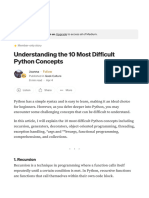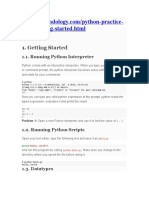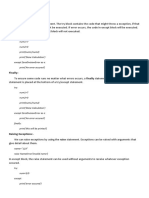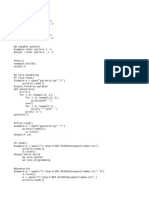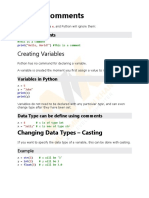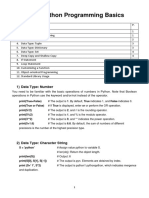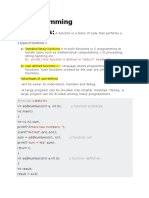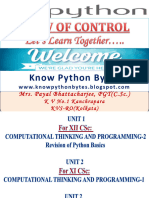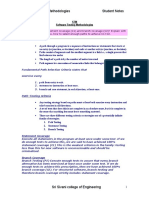0% found this document useful (0 votes)
12 views8 pagesData Mining Lab 02
The document provides an overview of Python programming, focusing on loops, functions, classes, and objects. It includes practical lab tasks for students to implement various Python programs, enhancing their understanding of the language. Additionally, it emphasizes the importance of originality in assignments and prohibits copying from external sources.
Uploaded by
anikhasan64445Copyright
© © All Rights Reserved
We take content rights seriously. If you suspect this is your content, claim it here.
Available Formats
Download as PDF, TXT or read online on Scribd
0% found this document useful (0 votes)
12 views8 pagesData Mining Lab 02
The document provides an overview of Python programming, focusing on loops, functions, classes, and objects. It includes practical lab tasks for students to implement various Python programs, enhancing their understanding of the language. Additionally, it emphasizes the importance of originality in assignments and prohibits copying from external sources.
Uploaded by
anikhasan64445Copyright
© © All Rights Reserved
We take content rights seriously. If you suspect this is your content, claim it here.
Available Formats
Download as PDF, TXT or read online on Scribd
/ 8






